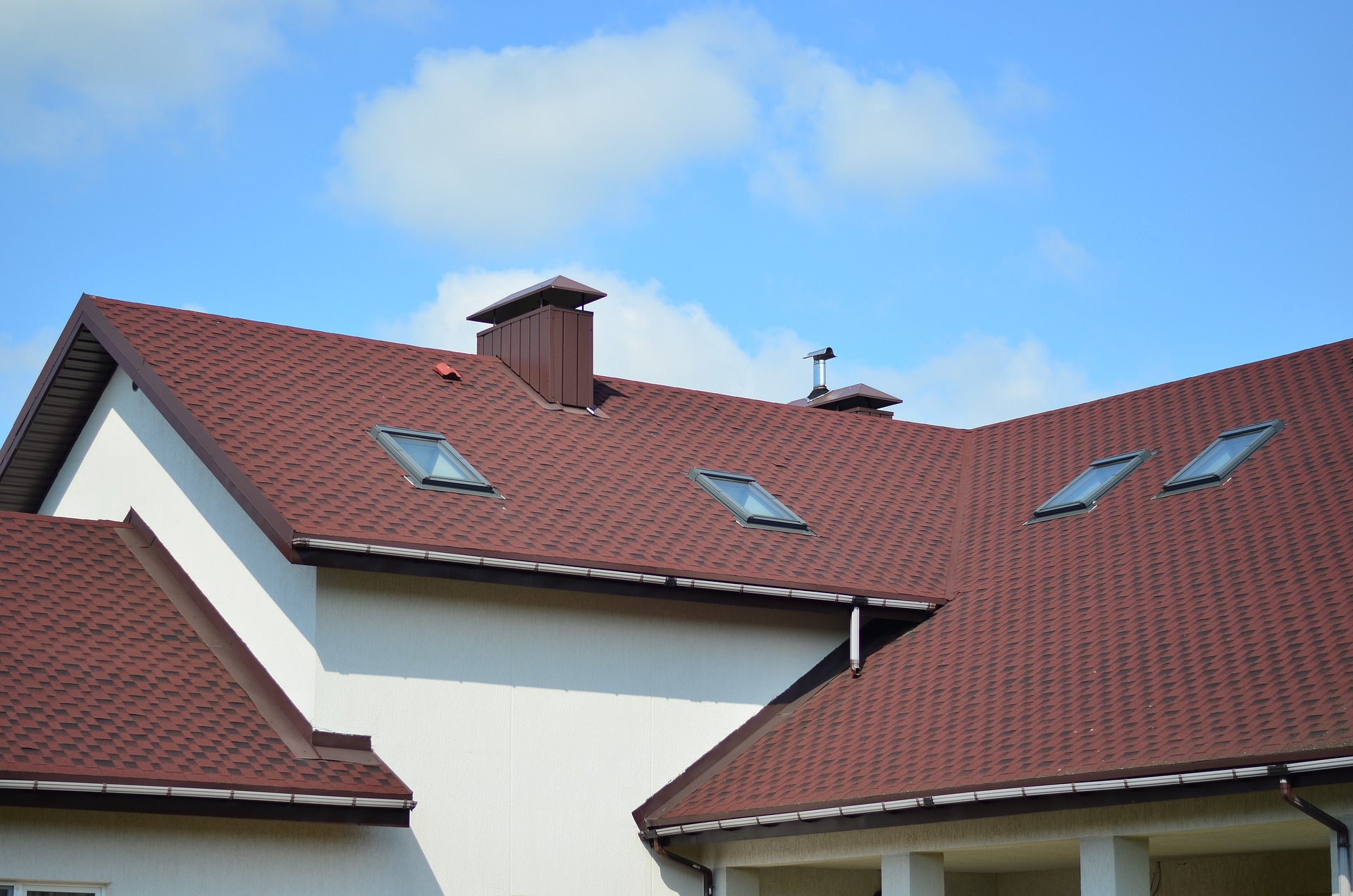What are roof tile vents?
Roof tile vents are ventilation systems installed in place of your roof tiles. Roof tile vents come in a range of designs for various applications. Some of the most popular roof tile vent brands include: Marley, Redland, Bridgewater, Sandtoft, Rosemary and Quinn.
How do roof tile vents work?
Roof tile vents use small openings to allow air circulation in your roofing space. They are typically installed within the tiles themselves but can also be installed along the roof ridge (ridge line vents). Roof tile vents rely on a very simple yet highly effective design that allows air in and out of the roof space while still protecting your home from the elements.
Cowl Roof tile vents
Cowl roof tile vents are fitted within the roof tiles. They consist of a cowl or cap-like structure that covers the opening in the roof, allowing air to flow in and out of the roof while simultaneously protecting from the elements and pests.
Inline Roof tile Vents
An inline roof tile vent is a type of ventilation system designed to fit seamlessly within the roofline. Inline vents providing effective airflow while maintaining the aesthetic integrity of the roof.
Slate Roof Tile Vents
A slate roof tile vent is a roof tile vent designed specifically for slate roofs.
Plain Roof Tile Vents
Plain roof tile vents typically feature a straightforward design with no additional features or embellishments. They are often made from durable materials such as plastic or metal and are shaped to fit seamlessly with standard roof tiles.
What Are Roof Tile Vents for?
The main purpose of roof tile vents is air circulation in the roof space. Proper air circulation is important for several reasons:
• Moisture Regulation: Roof tile vents help to regulate moisture levels within the roof space by allowing humid air to escape. Controlling humidity levels in the home is important as high humidity can lead to many interior problems including mould, mildew and rot. Ideally,humidity and temperature within the roof space should match that of the outdoors. This is a sign of a properly ventilated loft/roof space.
• Temperature Control: By allowing hot air to escape from the roof space during warmer months roof tile vents help to regulate the temperature inside the building's attic or loft space. This can contribute to a more comfortable indoor environment and may also help reduce energy costs associated with heating and cooling. However, during the colder months, roof tile vents should not effect your homes insulation if properly installed.
As mentioned above, best insulation is when the temperature and humidity of the roof space matches that of the exterior. This is why good insulation throughout the home and within the loft space is vital. Proper loft insulation will prevent heat loss from your home below. However, hot air that does escape into the loft will be allowed to exit through the roof tile vents, thus preventing heat build up in the loft/roofing space. Excess heat in the loft and roofing space can cause damage to materials and shorten the lifespan of your shingles.
• Air Circulation: the ventilation provided by roof tile vents promotes air circulation within the roof space. This helps to prevent stagnation and maintain a healthy environment. Without proper air circulation in your roof space, moisture levels from the home can build up and cause a wide range of problems, particularly related to mould and damp.
• Protection of Roof Structure: The average family home produces a lot of moisture. Simple daily activities like cooking, bathing and drying clothes all give off moisture and cause humidity levels to rise. This moist air must be allowed to escape, especially within the loft where humidity levels can be excessive.
Without proper ventilation, excess moisture will cause damp and eventually, mould. Mould can cause a wide range of problems within the home, with everything from minor cosmetic damage to serious structural problems and even ill health.

What Happens if Your Roof Isn't Ventilated?
Even though our homes are essentially just buildings, they still need to breathe. If air cannot circulate properly in your roof space, you will see a rise in humidity and eventually problems with damp and mould. Ventilation also means heat and cold can escape. excess heat can cause materials to become warped and damaged, while excess cold can cause pipes to freeze.
